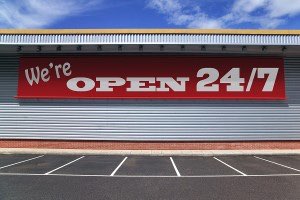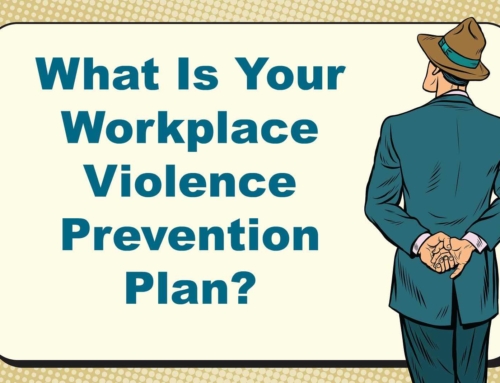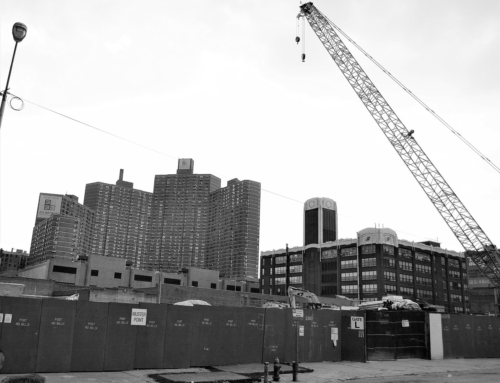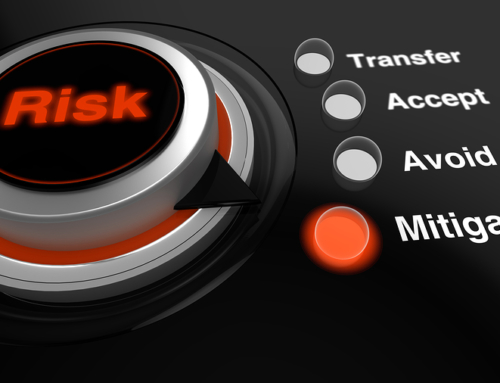 Workplace Violence In Retail Stores
Workplace Violence In Retail Stores
Workplace Violence Scenario: It was dusk. With all of the flyers and signs plastered to the exterior windows, the clerk was not able to see the pair of men loitering outside the store. They had been there for at least fifteen minutes. Customers had entered and left the store and hardly noticed the men standing there, just to the side of the front doors. The lottery numbers were showing on the television that hung above the counter and the clerk was watching the elderly man by the coffee stand trying to place a lid on the cup he had just poured.
The clerk thought about the fact that he had not made a cash deposit into the safe underneath the till for the past hour. He would do it as soon as the elderly man left the store – it would’ve been easier if his co-worker had turned up for his shift. The front door opened. He saw out of the corner of his eye, the two men enter, and head towards the refrigerator at the back of the store. One of the men appeared to be supporting something beneath his overcoat.
Let’s look at the facts.
“We’re Open 24/7”: The sign outside says it all to the opportunist or the career criminal.
Several risk factors are present and can be directly associated with the potential for an increase in workplace violence in retail stores.
- Dealing with the public;
- Handling cash;
- Dealing with strangers;
- Working alone, and
- Working in the evening, or at night.
Two key approaches can help in preventing workplace violence in retail stores:
- Staff training: security awareness, dealing with shoplifters, spotting potentially violent individuals, and the importance of adhering strictly to company policies and procedures;
- Good customer service.
The design of any workplace can also affect the risk of potential crime and workplace violence in retail stores.
Visibility and Lighting:
These play a key role in allowing staff to see their customers, even before they enter the store which might alert them to potentially aggressive people. If lighting and visibility is poor, staff will feel less safe and the criminals will feel more secure.
Design and layout:
Poor location of cash registers, sales displays and posters, as well as poor layout and counter design, can all make customers less visible to employees. If people think they cannot be seen, they may be more likely to commit a crime.
Ask these questions:
- Can you see the customers everywhere in the store?
- Are there any blind spots that could be eliminated by mirrors or cameras?
- How do you manage the way your customers move around the store?
- Can you see the exterior of the premises from inside the store?
Security Devices:
If your retail premise do not display the fact that you have taken security seriously, your business (and therefore the employees inside) may be at an increased risk of crime occurring. Ask these questions:
- Do you have good quality materials and workmanship for your doors, windows and locks?
- Do you have an alarm? Is it advertised to customers? Do your employees know how to operate it properly?
As you can see just from these few examples of how you conduct business in a retail store, there is a lot to think about in terms of making sure your staff is safe. We’ll add more on another blog.
Stay safe at work!
Phil Eastwood






Leave A Comment